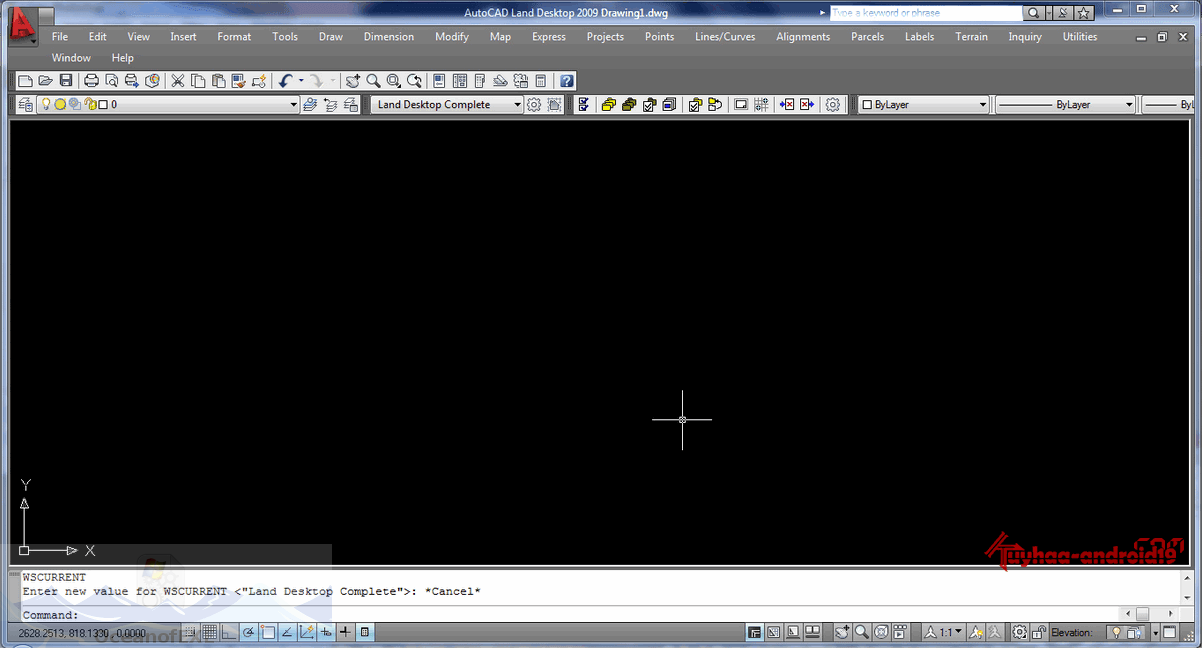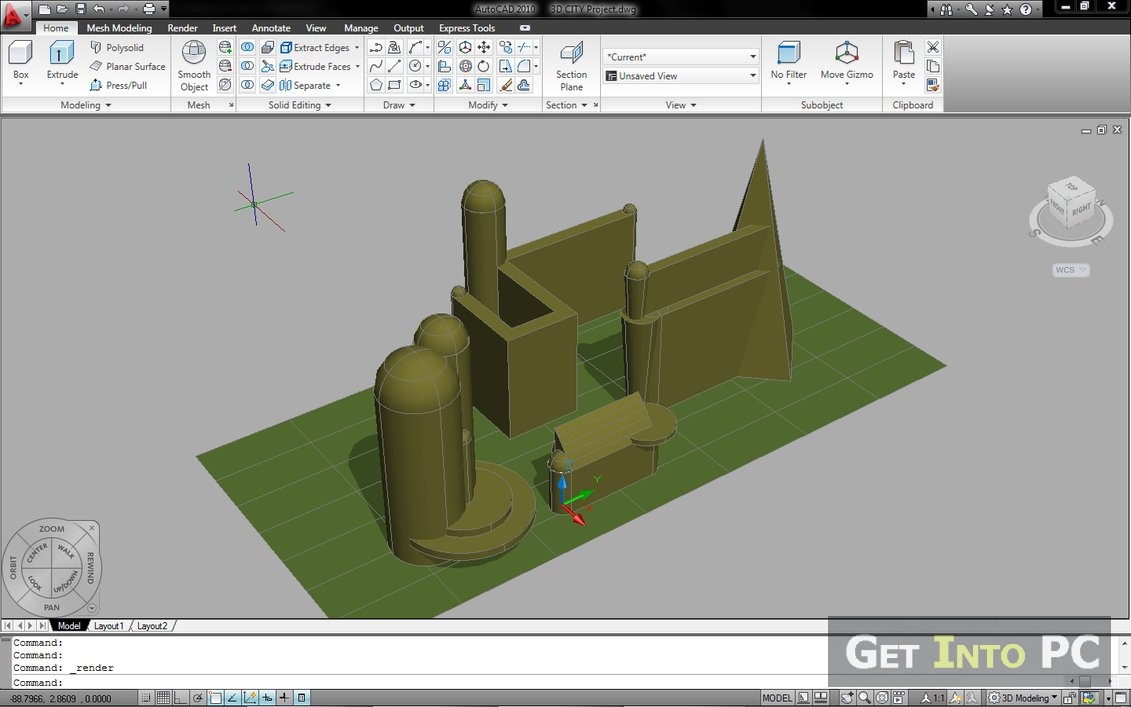

Improvements to the built-in libraries – AutoCAD Architecture 2010 includes an improved library with more functions. New Animations – You can animate any building object in your drawing.ĪutoCAD Architecture 2010 was released with the ability to save in AutoCAD DWG format. New 2D and 3D Designs – AutoCAD Architecture 2010 has new 2D and 3D designs: New Building Types – AutoCAD Architecture 2010 has a wider range of building types: It includes enhancements like:Īdditional Subsurf Options – You can use gradients, shadows, and textures with subsurf. Also, you can apply textures on a non-uniform grid (subsurf) without distortion.ĪutoCAD Architecture 2010 was released on July 24, 2010. You can render all geometric objects, including AutoCAD wireframe objects. Improvements to menu bar, panel, and 2D & 3D objects – AutoCAD Architecture 2009 has an improved menu bar, panel, and 2D and 3D objects.ĭesign Features – Texturing is more powerful to speed up your design. Panel Options – You can change the panel type and get more detail options, including panel thickness, to customize the panel style. Subsurfaces are used to model the wall face of a room, including the ceiling, roof, and floor areas. Usage of Subsurfaces – A feature similar to Revit’s AutoSurface. It prevents your AutoCAD drawing from filling in the unwanted area. Visibility Clipping – A range of visible wall and roof surfaces is detected and shown. It provides the user interface and various tools necessary to design buildings.ĪutoCAD Architecture 2009 was released on April 17, 2009.
#AUTOCAD WINDOW BLOCKS FREE DOWNLOAD SERIES#
The Selecting toolbar is used to create, selectĪutoCAD Architecture (ARC) is a series of products that include architectural, mechanical, and landscape design. You can also use the arrow keys to reposition an object. Double-clicking the Move object icon positions the object. The tooltip shows you the objects’ current position. You can move objects by clicking on the Move object icon. The Working toolbar shows you how the various objects in the drawing are positioned. There are also several types of toolbars on the top toolbar, which you can use to quickly access tools, commands, and shortcuts.

Basic blocks include Rectangles, which create rectangular shapes, Circles, which create round shapes, Arcs, which create arcs or curved shapes, Points, which create geometric points and guides, Text, which adds a number or text to the design, and Geometry, which creates complex objects such as arcs, circles, polygons, and more. There are various types of blocks in AutoCAD, with their own special properties and uses.

In either drawing mode, the drawings created by AutoCAD are actually a series of objects, each object being a combination of lines, arcs, circles, rectangles, and more. The blueprints are easily understood by someone who is unfamiliar with the building, whereas the same design represented as a block diagram is not.

When the design is finished, it is in the form of a set of lines and shapes. Blocks are the icons you use to create objects, such as rectangles, circles, arcs, and more, or layers, which are collections of shapes or objects that can be moved, copied, or deleted.Īn example of a line-based drawing is a blueprints for a building. On the other hand, vector drawings consume a lot of memory and are more complex to create, due to the fact that each line, curve, or shape is created on its own in terms of a specific size, weight, and color.īlocked drawings, also known as raster drawings, offer a different type of flexibility. Vector drawings are very flexible because they allow you to edit and alter a design as often as you like.
#AUTOCAD WINDOW BLOCKS FREE DOWNLOAD SOFTWARE#
The ArchBlocks AutoCAD Doors and Windows Block library includes architecture symbols for designing CAD drawings for interior and exterior elevations.CAD software offers two modes of operation, line-based (vector) or block-based (raster), depending on the way in which you draw your lines and shapes. AutoCAD Doors & Windows Block Library Preview


 0 kommentar(er)
0 kommentar(er)
